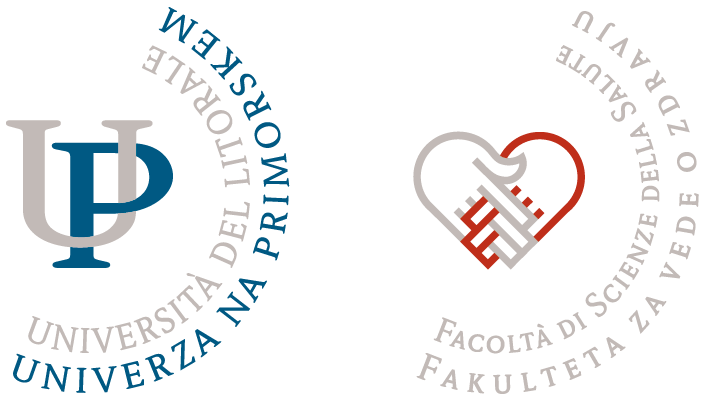Duration of the project:
1.10.2021 – 30.9.2025
Lead partner:
University of Primorska, Faculty of Health Sciences
Principal investigator:
Prof. Nejc Šarabon (SICRIS, ResearchGate)
Team at UP FHS:
Assist. Jure Žitnik (SICRIS, ResearchGate)
Assist. Matic Sašek (SICRIS, ResearchGate)
Assist. Prof. Matej Voglar (SICRIS, ResearchGate)
Assist. Denisa Manojlović (SICRIS, ResearchGate)
Assist. Prof. Jernej Rošker (SICRIS, ResearchGate)
Assist. Jan Marušič (SICRIS, ResearchGate)
Assist. Prof. Žiga Kozinc (SICRIS, ResearchGate)
Assist. Rok Vatovec (SICRIS, ResearchGate)
Assist. Prof. Darjan Smajla (SICRIS, ResearchGate)
Assist. Prof. Goran Marković (SICRIS, ResearchGate)
Assoc. Prof. Nina Mohorko(SICRIS, ResearchGate)
Abstract:
The research program will include basic, methodological and applied research in the field of prevention of injuries in sports and the optimization of sports performance and competitive success. Different studies will be conducted to compare groups of athletes in terms of movement efficiency and the incidence of injuries. We will examine the relationship between the incidence of injuries and different risk factors, and the inter-relationship between different aspects of sports performance, as well as the underlying factors and mechanisms of sports performance.
Sports performance will be evaluated with general (tests of rapid changes of direction, sprinting ability) as well as sports-specific (for example, approach jump for volleyball). We we will use modern approaches to evaluate the biomechanical properties of movement and visual perception. We will include athletes from various disciplines, and we will take care of the representation of both team and individual sports.
Furthermore, the research program will explore new, advanced approaches to identifying injury risk. We will explore, for example, the applicability of a new method of balance assessment, the transient behavior of body sway. In addition to preventive approaches, we will study new methods of evaluating motor skills and motor behavior, which will enable the optimization of sports training. We will focus on the movement biomechanics and the perceptual-responsive functions of athletes. We will examine the methodological suitability of evaluating the force-velocity-power profile in jumps and sprint, evaluating the bilateral deficit in simple and complex movements, reaction power index in drop jumps, and approaches for evaluating anticipatory aspects of visual perception strategies.
Knowledge of the repeatability of these measurement procedures, together with knowledge of the differences between athletes, will be the basis for designing interventions to improve athletic exercise for athletic achievement. Athletes who will be included in our research will be prospectively monitored for injuries, which will contribute to the identification of new risk factors. At the same time, we will also include data on the history of injuries, energy availability, hormonal and metabolic status in athletes. Based on the existing knowledge and results obtained in our studies described above, we will develop exercise-movement-nutrition-therapeutic approaches to improve sports performance and reduce the risk of injury, and check their effectiveness with intervention studies. The studies will cover exercise programs that focus on individual problematic injuries (e.g., eccentric exercise for the back thigh muscles, hip extensors, ankles), new exercise approaches in a more general sense (e.g, eccentric-quasi-isometric training, isoinertial exercise), exercise approaches that are prescribed on the basis of the biomechanical characteristics of the individual (e.g, force-velocity profile, bilateral deficit) and training approaches to improve the direction of visual attention (silent eye training and anti-saccade training).

The authors acknowledge the project “P5-0443 KINSPO – Kinesiology for movement performance and musculoskeletal injury prevention in sport” is finacially supported by the Slovenian Research and Innovation Agency.

